Most travelers to South Africa never make it past Cape Town’s famous wine routes and Table Mountain. While the Mother City certainly deserves its reputation, the rest of this incredible country offers experiences that are just as remarkable—and often more authentic.
From thundering waterfalls that dwarf Niagara to desert landscapes that look like another planet, South Africa’s hidden gems will completely change how you see this diverse nation. The real adventure begins when you venture beyond the well-trodden tourist trail.
Here’s a list of 17 extraordinary experiences that showcase why South Africa is truly a world in one country.
Kruger National Park
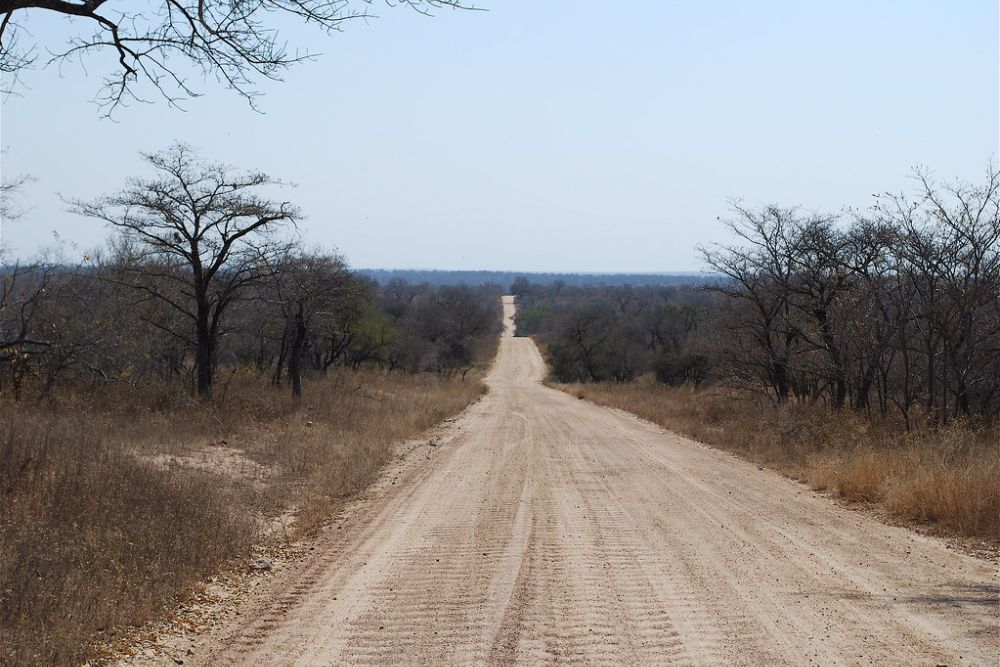
This massive wildlife reserve covers an area larger than Israel and offers some of the best game viewing on the entire African continent. You can spot the Big Five in their natural habitat while staying in everything from basic campsites to luxury lodges that overlook watering spots.
The park’s southern sections get crowded, but venture north toward Punda Maria, and you’ll often have entire stretches of wilderness to yourself. Early morning drives reveal Africa at its most authentic, with lions returning from night hunts and elephants heading to the river for their daily bath.
Drakensberg Mountains
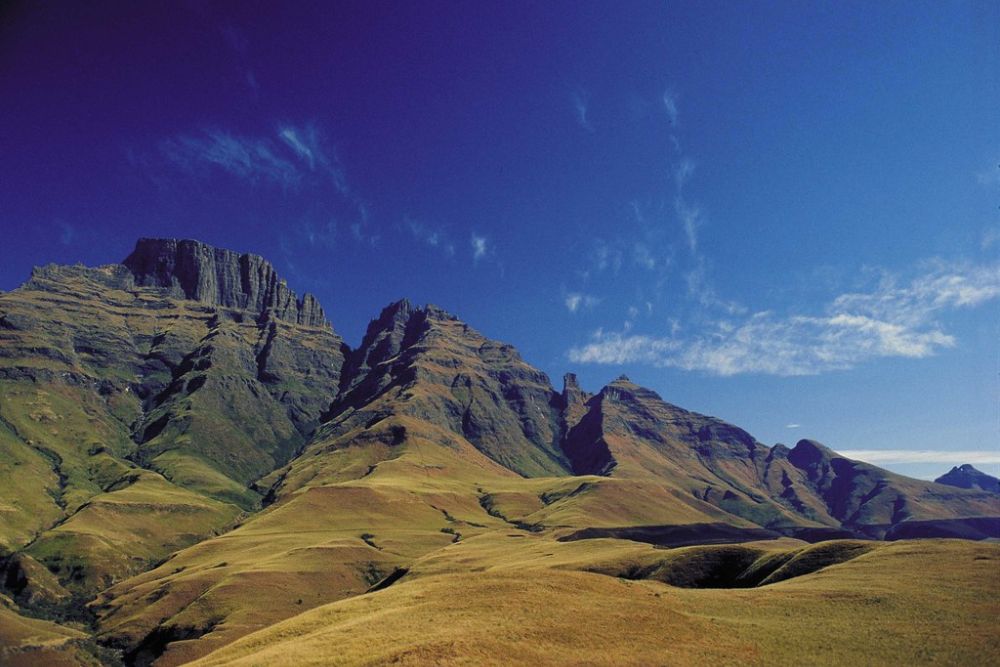
These towering peaks stretch along South Africa’s eastern border, creating a natural barrier that’s protected as both a World Heritage site and a hiker’s paradise. The mountains hide ancient San rock art in caves that date back thousands of years, telling stories of hunters and gatherers who lived here long before European settlers arrived.
Hiking trails range from gentle day walks to multi-day adventures that take you to the summit of peaks over 10,000 feet high. The local Zulu name means ‘barrier of spears,’ and when you see these jagged peaks piercing the sky, you’ll understand exactly why.
Like Travel Pug’s content? Follow us on MSN.
Blyde River Canyon
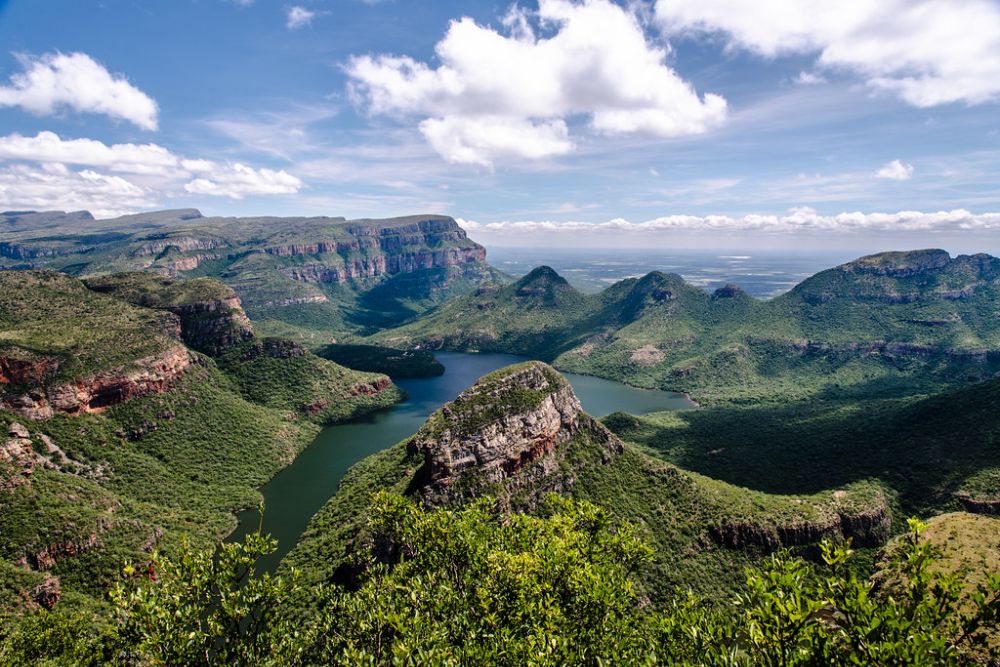
This massive gorge stretches for 16 miles and reaches depths of over 2,600 feet, making it one of the largest canyons on Earth. The Three Rondavels rock formations look like giant African huts carved from stone, while God’s Window offers views that stretch all the way to Mozambique on clear days.
Bourke’s Luck Potholes showcase the incredible power of water over time, with swirling pools carved into solid rock by centuries of flowing river water. The canyon drives are spectacular, but the hiking trails reveal hidden waterfalls and swimming spots that most visitors never discover.
Addo Elephant National Park
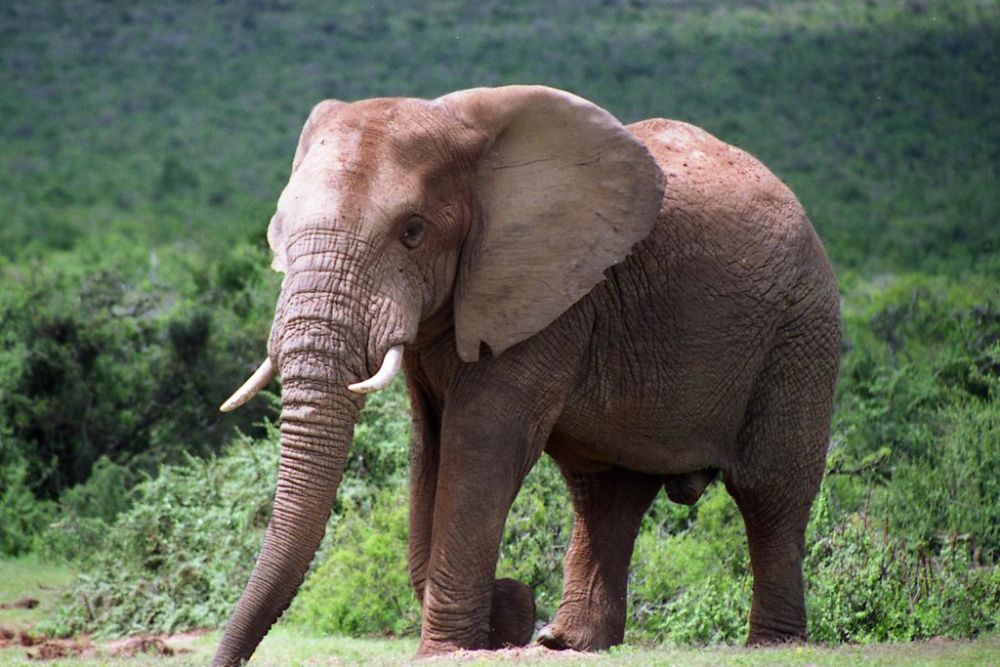
What started as a sanctuary for the last 11 elephants in the Eastern Cape has grown into a conservation success story protecting over 600 of these gentle giants. The park is malaria-free, making it perfect for families, and offers incredible close-up encounters with elephant herds that have learned to trust humans.
Beyond elephants, you’ll spot everything from lions and leopards to the rare flightless dung beetle that exists nowhere else on Earth. The coastal section includes pristine beaches where you can watch southern right whales during calving season.
Tsitsikamma National Park
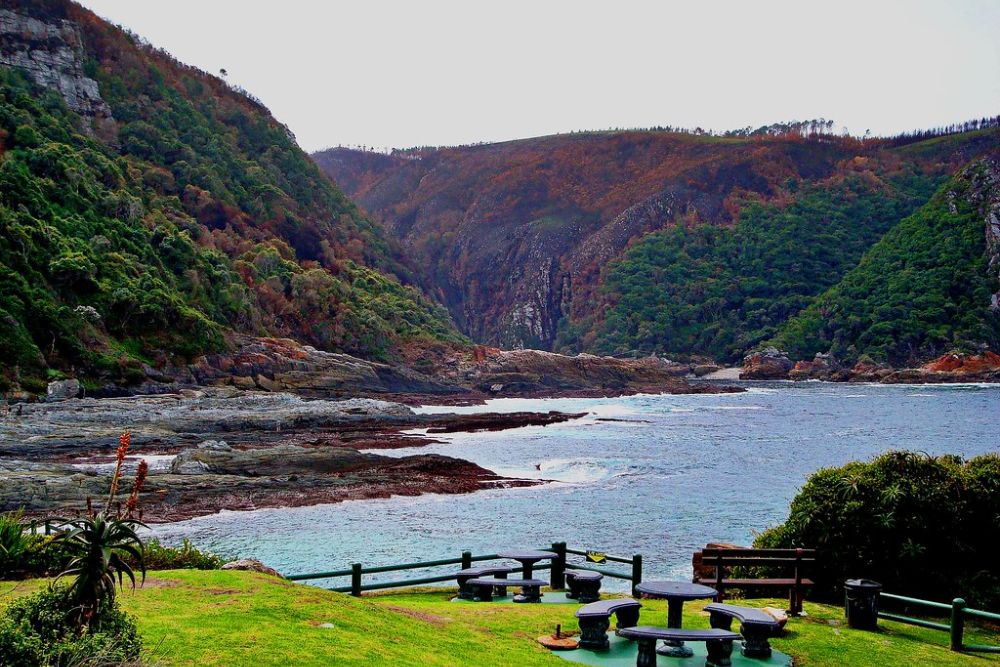
This narrow strip of protected coastline combines ancient forests with dramatic ocean scenery in ways that feel almost magical. The canopy tours let you zip-line through 800-year-old yellowwood trees, while the Otter Trail ranks among the world’s most beautiful coastal hikes.
Storms River Mouth offers some of the most dramatic scenery in all of South Africa, with massive waves crashing against cliffs that rise straight from the ocean. The bungee jump from Bloukrans Bridge is the highest commercial bridge jump in the world, but even watching from the ground gets your heart racing.
Like Travel Pug’s content? Follow us on MSN.
Hermanus
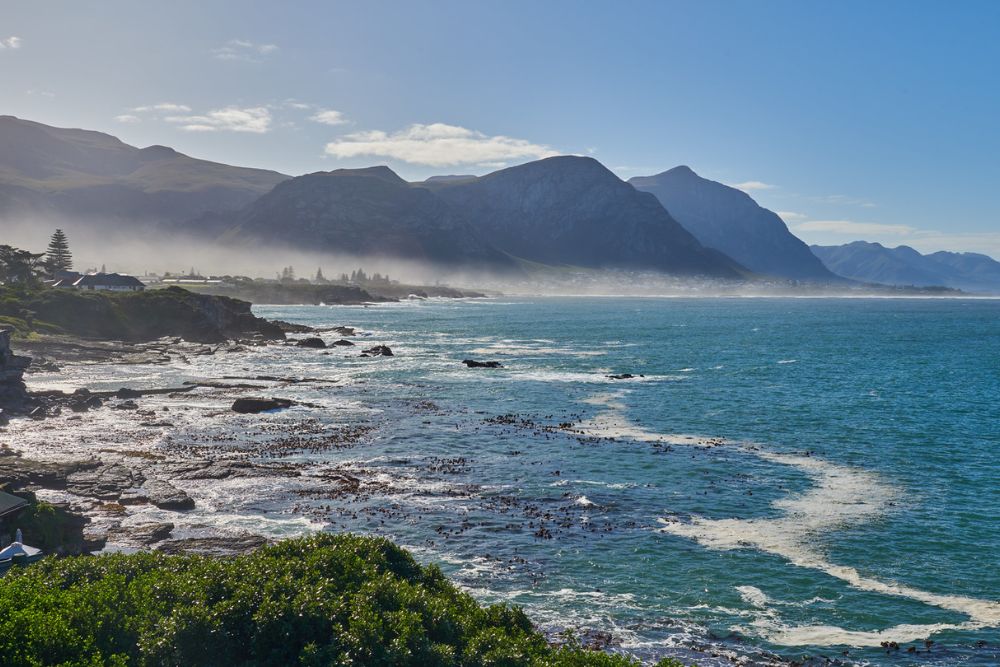
This coastal town has earned the title of ‘whale watching capital of the world’ thanks to Walker Bay’s shallow waters that attract southern right whales during calving season. The whales come so close to shore that you can watch them from clifftop restaurants while enjoying local seafood and wine.
The town even employs an official whale crier who blows a horn to announce the best viewing spots each day. Beyond whale season, Hermanus offers excellent wine estates, pristine beaches, and hiking trails through coastal fynbos that bloom in spectacular displays during spring.
Golden Gate Highlands National Park
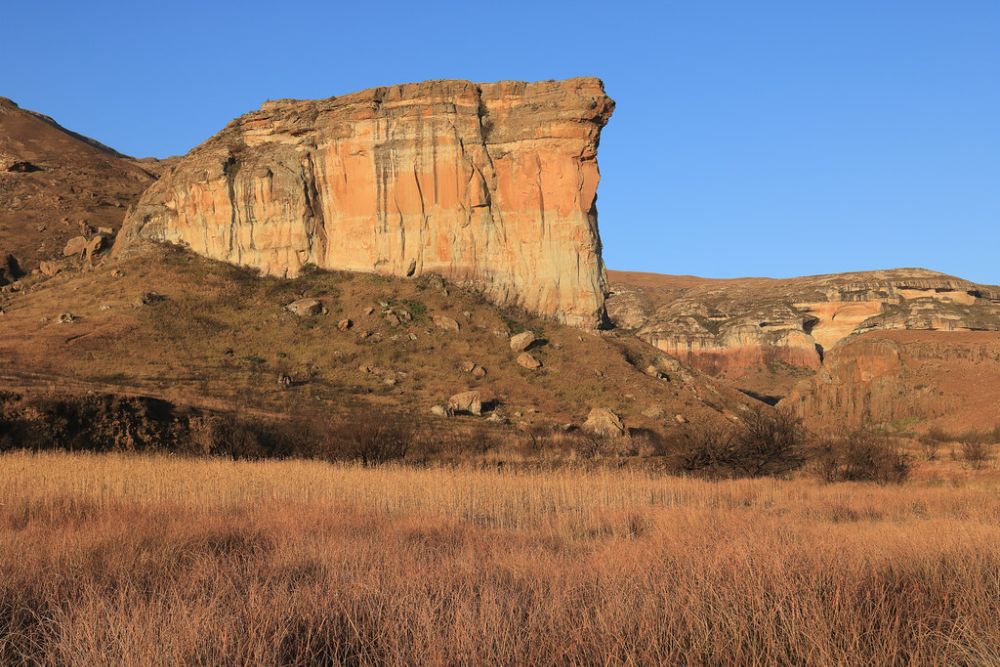
These towering sandstone cliffs glow like molten gold at sunrise and sunset, creating some of the most photogenic landscapes in all of Africa. The park protects rare species like the bearded vulture, one of the world’s largest flying birds, which you can often see soaring between the cliff faces.
Fossil trails reveal dinosaur footprints preserved in stone for over 200 million years, making this area a window into Earth’s ancient past. The highland plateau offers hiking trails through grasslands where wildflowers create natural gardens during the rainy season.
iSimangaliso Wetland Park
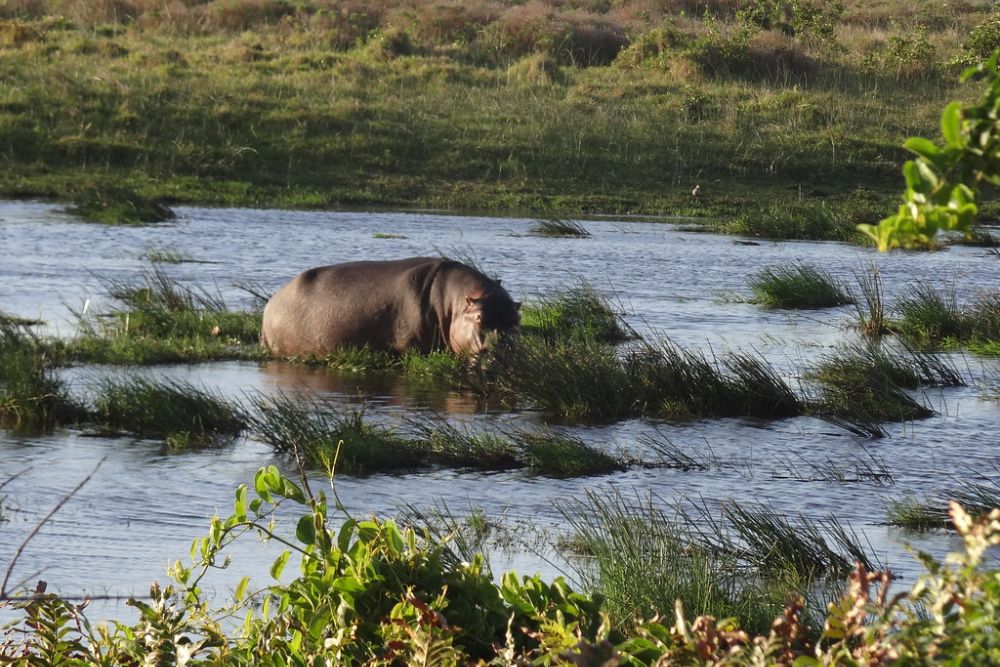
This World Heritage site along the KwaZulu-Natal coast combines coral reefs, coastal forests, and pristine lakes in one incredible protected area. Lake St. Lucia teems with hippos and crocodiles, creating wildlife viewing opportunities that rival any safari park.
The coastal section offers some of the best snorkeling and diving in South Africa, with coral reefs that support tropical fish species usually found much further north. Turtle nesting season brings loggerhead and leatherback turtles to these beaches, one of only two places in Africa where these ancient mariners come to lay their eggs.
Like Travel Pug’s content? Follow us on MSN.
Namaqualand
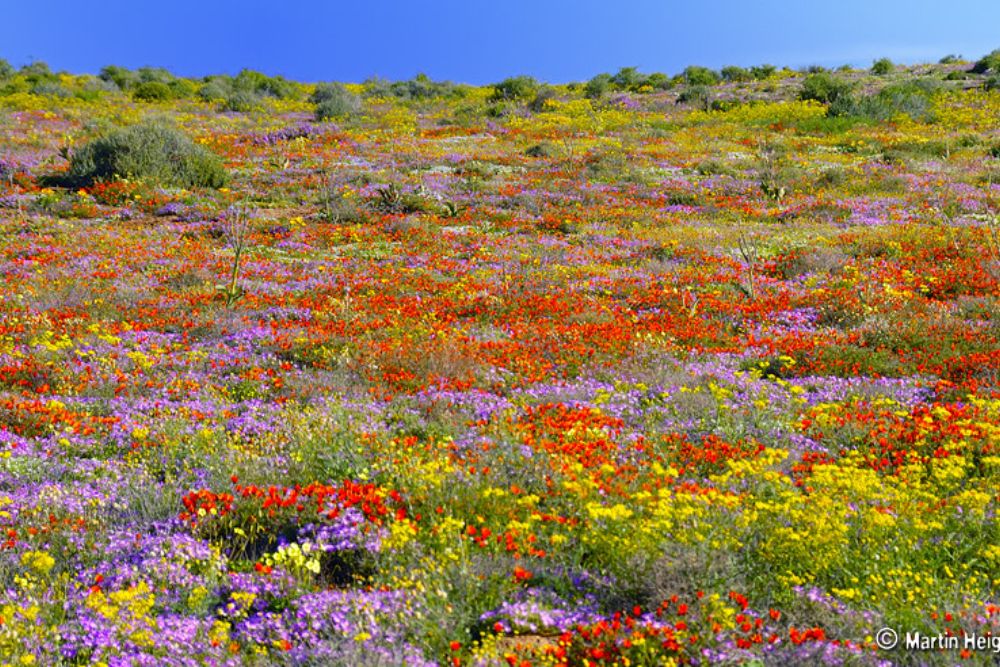
Every spring, this semi-desert region transforms into one of the world’s most spectacular wildflower displays, with orange daisies carpeting the landscape as far as the eye can see. The timing depends on winter rains, but when conditions are right, the normally harsh landscape becomes a photographer’s dream.
The Namaqua people have lived in this region for thousands of years, developing incredible knowledge about desert survival and the medicinal properties of local plants. Outside flower season, the area offers incredible stargazing thanks to some of the clearest skies in the Southern Hemisphere.
Augrabies Falls
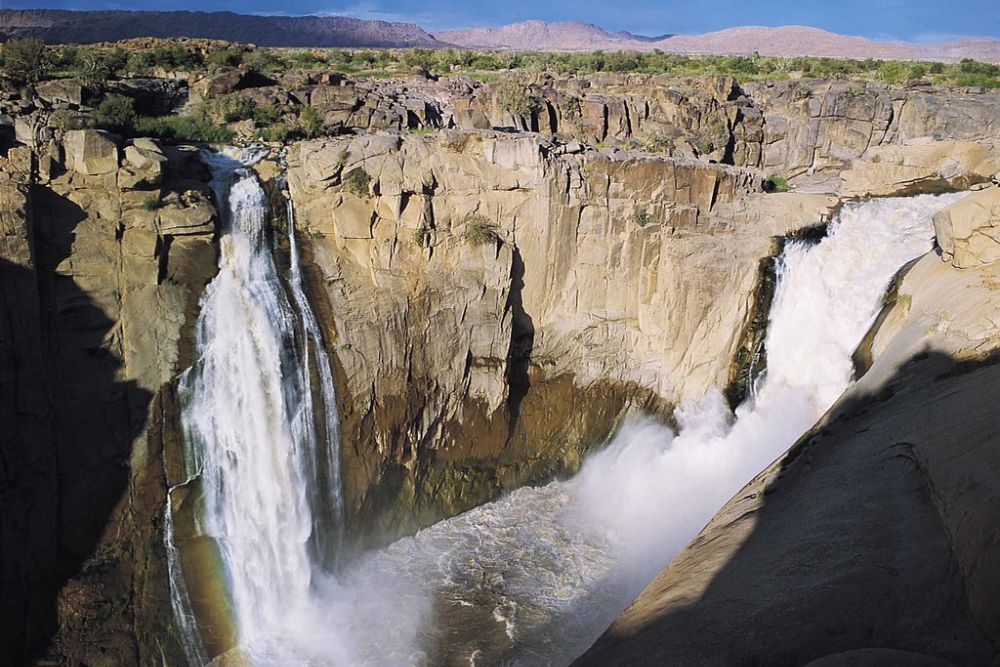
The Orange River plunges 184 feet into a granite gorge here, creating a thunderous roar that can be heard for miles around. The Khoi people called this place ‘Aukoerebis,’ meaning ‘place of great noise,’ and the name fits perfectly when the river is in full flood.
The surrounding national park protects unique desert plants and animals, including klipspringers that seem to defy gravity as they leap between rocky outcrops. Night drives reveal nocturnal creatures like aardvarks and bat-eared foxes that emerge after the desert heat subsides.
Battlefields of KwaZulu-Natal
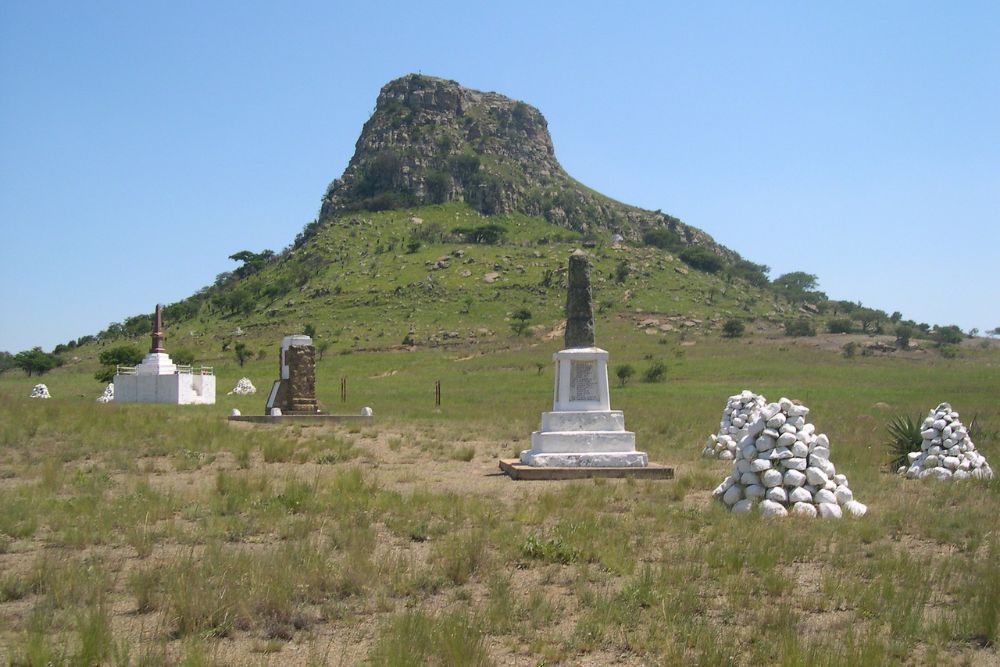
This region witnessed some of the most significant battles in South African history, from the Anglo-Zulu wars to conflicts between British and Boer forces. Isandlwana tells the story of one of the most shocking military defeats in British colonial history, while Rorke’s Drift showcases incredible courage under impossible odds.
Expert guides bring these historical events to life, explaining military tactics and personal stories that shaped modern South Africa. The landscapes themselves are hauntingly beautiful, with rolling hills and scattered stone memorials marking where history changed forever.
Like Travel Pug’s content? Follow us on MSN.
Cango Caves

These limestone caverns near Oudtshoorn stretch for over 3 miles underground, with chambers large enough to hold entire cathedrals. The standard tour takes you through formations that have been growing for over 150,000 years, while the adventure tour involves crawling through spaces barely wide enough for a human body.
The constant temperature of 64 degrees Fahrenheit provides relief from the semi-desert heat above ground. Archaeological evidence suggests that Khoi-San people used these caves for shelter thousands of years ago, adding human history to the geological wonders.
Wild Coast

This rugged stretch of Eastern Cape coastline remains largely undeveloped, offering authentic African culture alongside dramatic ocean scenery. Traditional Xhosa villages dot the landscape, where visitors can experience rural African life that has changed little over the generations.
The hiking trail from Coffee Bay to Hole in the Wall takes you along cliffs where waves have carved natural arches and sea caves into the rocks. Local guides share stories and traditional knowledge while leading visitors through landscapes that feel untouched by modern development.
Kgalagadi Transfrontier Park
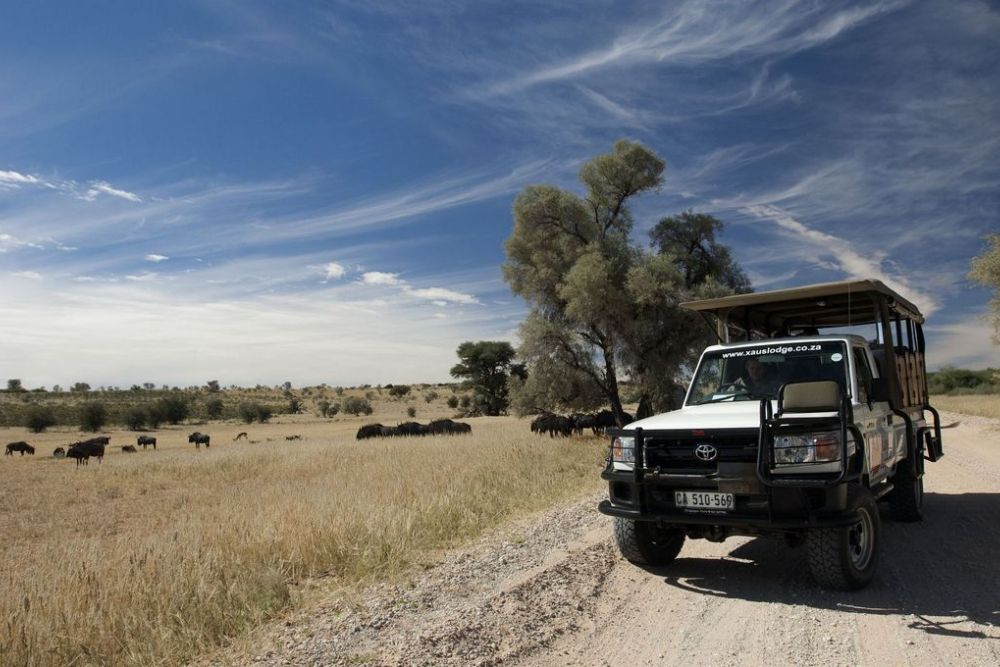
This massive wilderness area straddles the border between South Africa and Botswana, protecting one of Africa’s last great ecosystems. The red sand dunes create a striking contrast with the deep blue sky, while adapted wildlife includes desert specialists like meerkats and ground squirrels.
The park is famous for its black-maned Kalahari lions, which have adapted to desert conditions and often hunt during daylight hours. Self-drive camping allows you to experience the profound silence of the desert, broken only by the calls of jackals under star-filled skies.
Like Travel Pug’s content? Follow us on MSN.
Baviaanskloof Wilderness Area
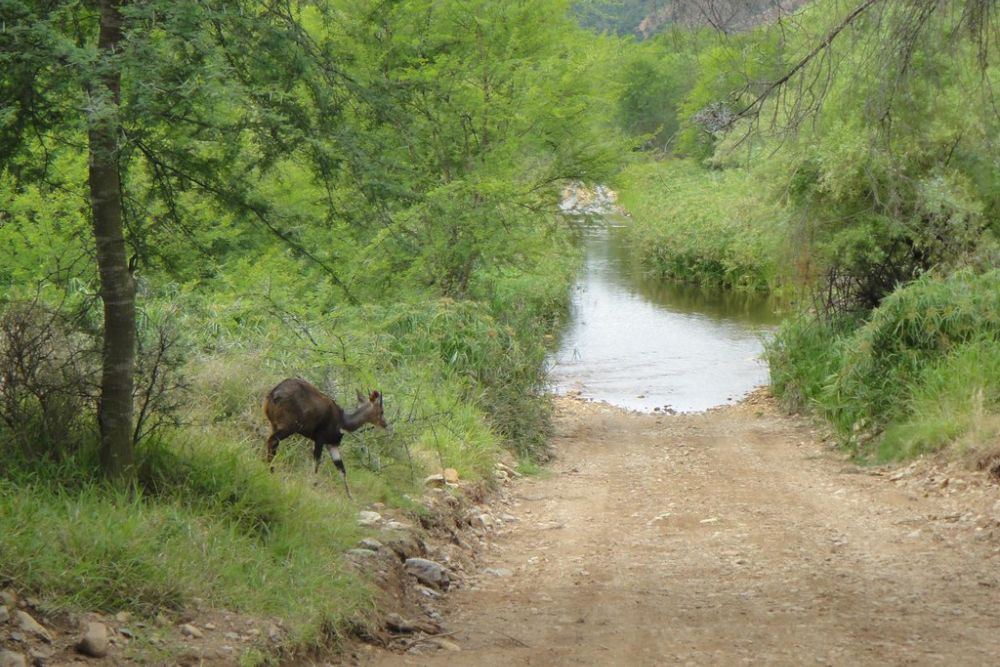
This World Heritage site protects one of South Africa’s most diverse ecosystems, with plants and animals found nowhere else on Earth. The 4-wheel-drive route takes you through landscapes that change from coastal fynbos to semi-desert succulent scrubland within a few miles.
Ancient elephant paths wind through the valleys, created by herds that migrated through this area for thousands of years before being hunted to local extinction. The area is slowly being rewilded, with plans to reintroduce elephants and other large mammals to restore the natural balance.
Valley of Desolation
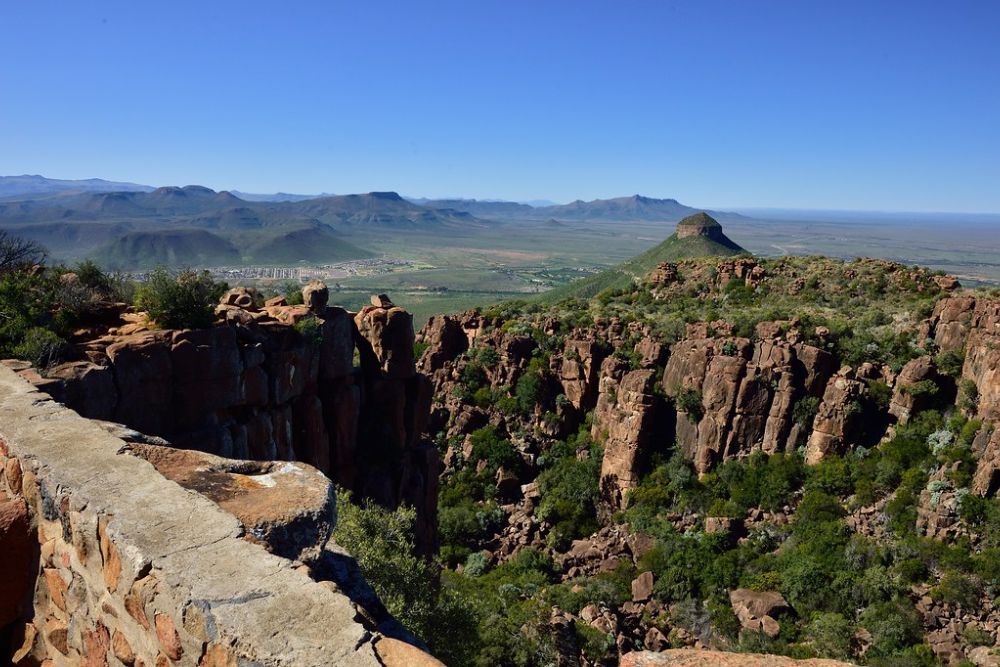
These towering dolerite pillars near Graaff-Reinet rise over 400 feet from the valley floor, creating a landscape so dramatic it inspired the town’s name. The geological formations were created by volcanic activity millions of years ago, then shaped by wind and water into the spectacular towers you see today.
The area offers excellent hiking trails and rock climbing opportunities for adventure seekers. From the viewing platforms, you can see across the vast Karoo landscape, understanding why early travelers found this region so challenging and beautiful at the same time.
Mapungubwe National Park
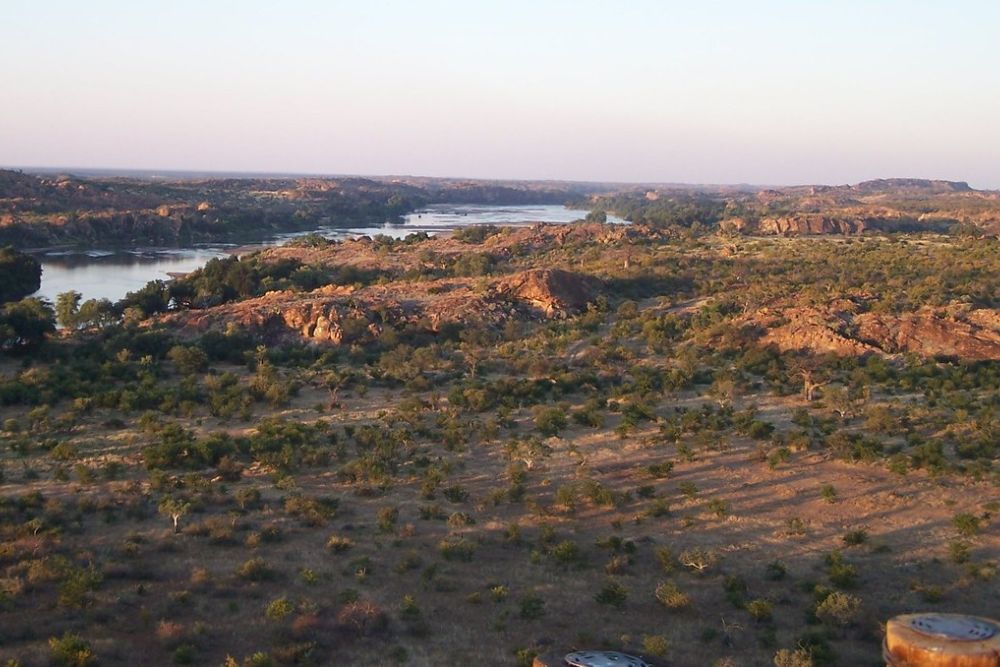
This remote park along the Limpopo River protects the remains of Southern Africa’s first kingdom, which thrived here over 800 years ago. The archaeological sites reveal a sophisticated civilization that traded gold and ivory with distant lands, challenging assumptions about African history.
The landscape combines baobab trees with sandstone formations, creating scenery that looks like something from a fantasy novel. Wildlife includes elephants that cross between South Africa, Zimbabwe, and Botswana, making this a truly international conservation area.
Like Travel Pug’s content? Follow us on MSN.
Beyond the Postcard Views
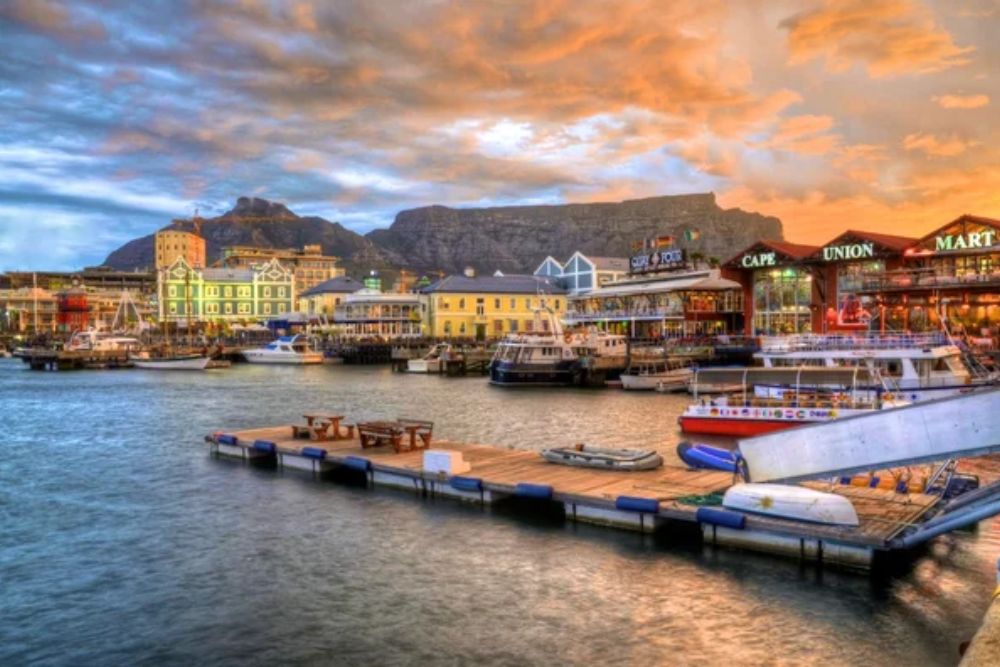
These diverse experiences prove that South Africa offers far more than the typical tourist trail suggests. While Cape Town captures headlines with its photogenic mountain and wine estates, the real soul of this nation lies in its incredible diversity of landscapes, cultures, and wildlife.
From ancient kingdoms to thundering waterfalls, from desert flowers to mountain peaks, these destinations reveal a country that defies simple categorization. The most rewarding South African adventures happen when you venture beyond the familiar, discovering places where nature and human history combine to create experiences that will change how you see not just Africa, but the world itself.
More from Travel Pug

- 20 Best Beach Towns in the Carolinas
- 13 Destinations Where Tourists Regularly Regret Their Trip
- 20 Things You Actually Get in First Class
- 20 Small Airports With Aviation Museums
- 20 Places in the U.S. That Are Perfect for a Reset Trip
Like Travel Pug’s content? Follow us on MSN.
